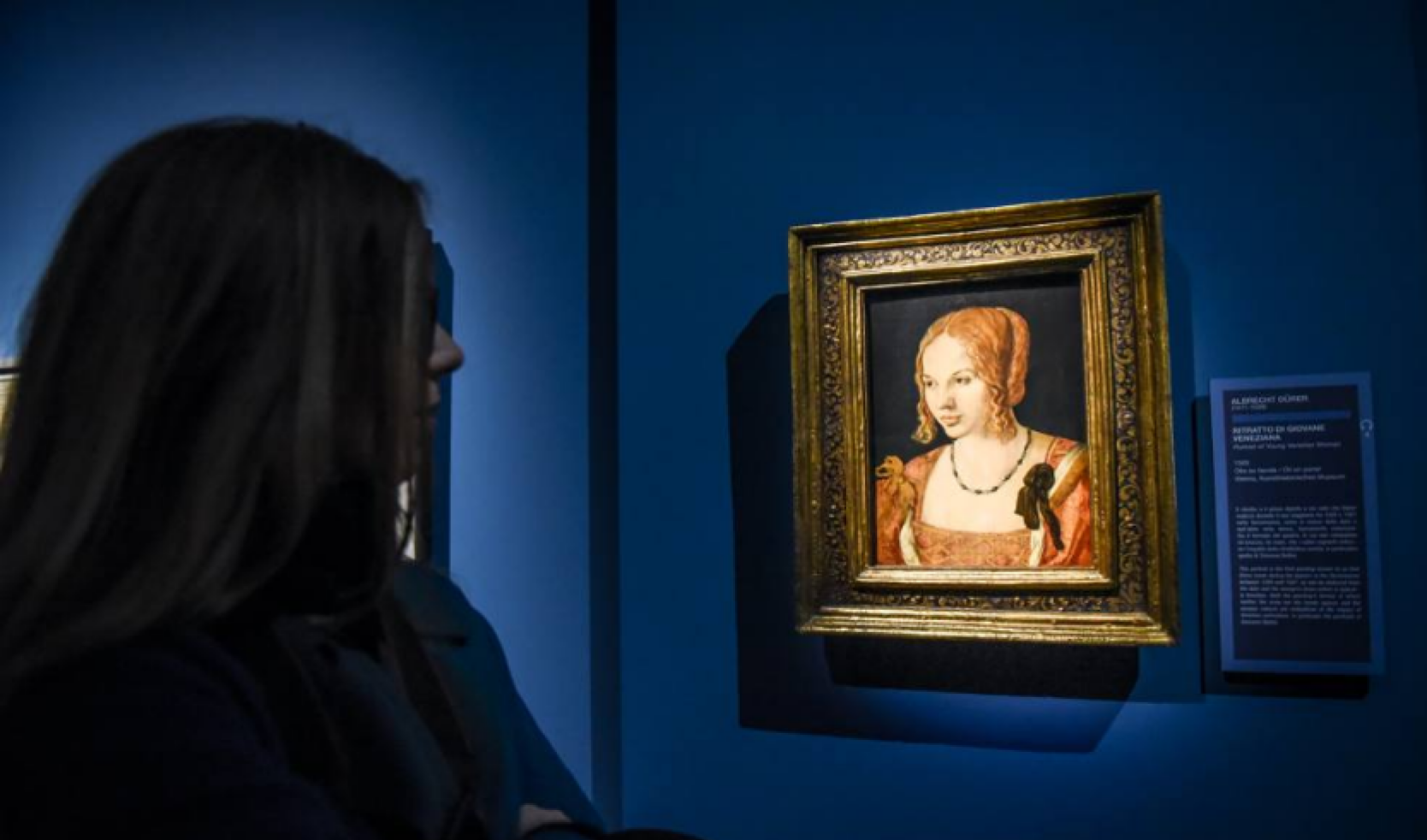Symbolism in art goes beyond basic visual appeal, providing deeper insights into the artist’s psyche as well as the epoch. Artists have actively used symbolism throughout history to vividly portray complex concepts, emotions, and narrative structures. The present piece examines six outstanding paintings, every single one of them exemplifies the force of symbolic expression in art. These masterpieces, from Van Gogh’s tempestuous sky to Dal’s melting clocks, not only demonstrate creative mastery but also serve as profound reflections on human existence. We obtain a greater grasp of the cultural, psychological, and historical settings that shaped these works by evaluating their symbolism. This investigation reveals that symbolism in art transcends mere aesthetic choice; instead, it acts as a conduit, connecting the artist’s profound thoughts with the essence of their era. The Starry Night by Vincent van Gogh
The Starry Night by Vincent van Gogh
Artwork Overview:
“The Starry Night” is one of Vincent van Gogh’s most well-known works, executed in 1889. It displays a colorful night sky with swirling stars over a little village, with a cypress tree in the foreground.
Symbolism Analysis:
This artwork is frequently seen as a depiction of Van Gogh’s inner anguish and mental health hurdles. The swirling, stormy sky might indicate his prone mental condition, but the dazzling stars could represent glimmers of hope and illumination in the middle of darkness.
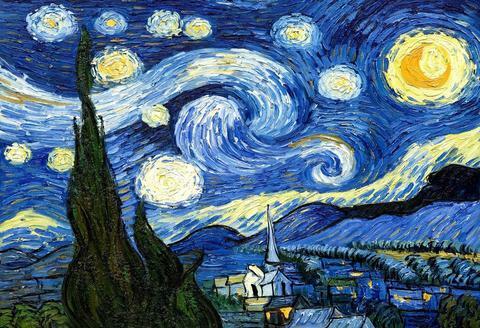
The Scream by Edvard Munch
Artwork Overview:
“The Scream,” created by Edvard Munch in 1893, depicts a character standing on a bridge, grasping its head in sorrow beneath a blood-red sky.
Symbolism Analysis:
“The Scream” powerfully expresses existential agony and anxiousness. This is particularly evident in the disfigured person and the foreboding sky, which are said to depict contemporary man’s global worry. Consequently, the drawing is frequently understood as a representation of human weakness and mental instability, highlighting a deeper, more universal context.
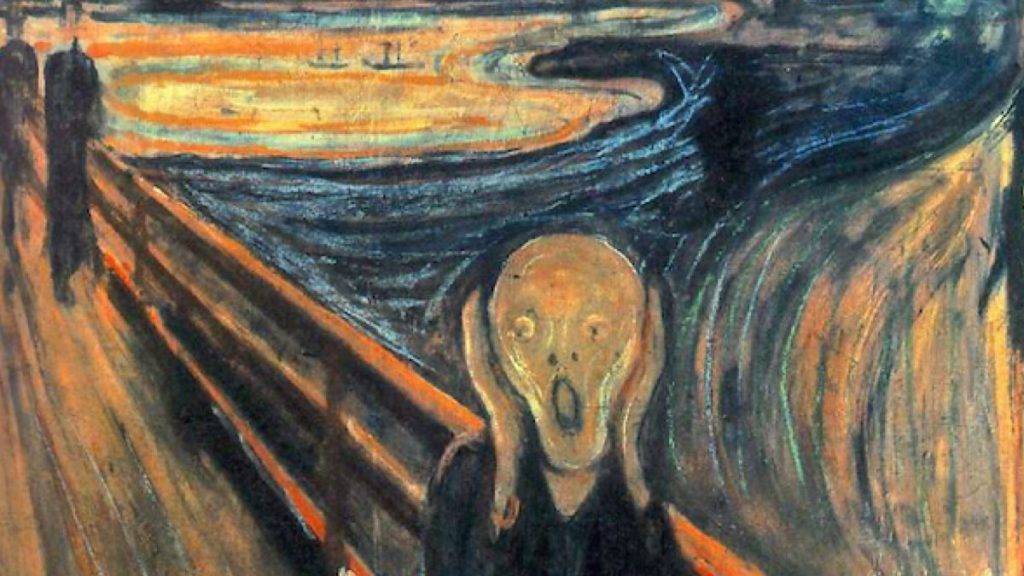
Guernica by Pablo Picasso
Artwork overview:
“Guernica,” a big mural-sized painting done by Pablo Picasso in 1937, represents the bombing of Guernica, a Basque village, during the Spanish Civil War.
Symbolism Analysis:
The art piece stands as a profound political statement, vividly portraying the atrocities of war and the deep anguish it inflicts upon humans. Furthermore, its chaotic arrangement and monochrome palette poignantly illustrate the savagery and unpredictability of war, effectively delivering a powerful global statement about the inherent horrors of such conflicts.
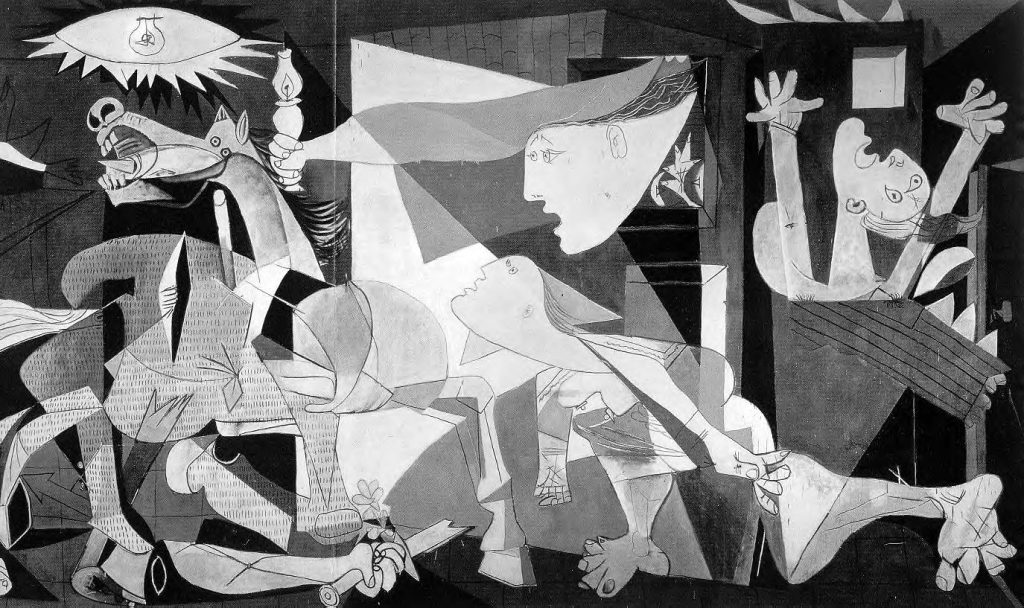
The Birth of Venus by Sandro Botticelli
Artwork Overview:
“The Birth of Venus” by Sandro Botticelli, painted in the mid-1480s, portrays the goddess Venus coming from the sea on a shell.
Symbolism Analysis:
The scene represents the birth of beauty as well as the blooming of love. Venus signifies beauty in appearance in addition to spiritual love, and her ascending from the sea reflects the birth of inner and outer ideals in the human world.
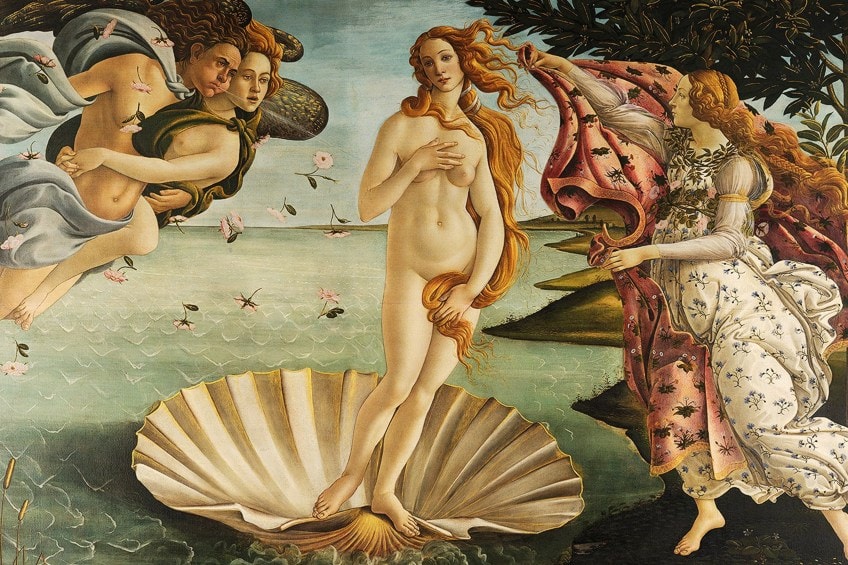
The Persistence of Memory by Salvador Dali
Artwork Overview:
“The persistence of Memory,” by Salvador Dal, was originally created in 1931 and has become famous for its surreal landscape with melting clocks.
Symbolism Analysis:
This masterpiece is a surreal peek at the notion of time. The melting clocks allude to the flexibility and subjectivity of time in the human psyche. It frequently functions as remarks about the extraneousness of time in the dream state or the degradation of time in one’s memories.
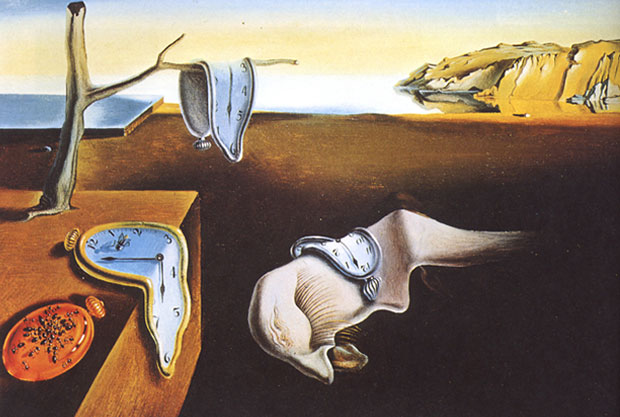
The last Supper by Leonardo da Vinci
Artwork Overview:
Leonardo da Vinci’s “The Last Supper,” made in 1498. It represents the moment Jesus discloses that one of his adherents is going to betray him.
Symbolism Analysis:
The masterpiece is filled with Christian iconography. The reactions of each disciple to Jesus’ revelation are meticulously. The design of the painting itself strikes a harmonious chord between the earthly and the celestial, representing the merging of the human and spiritual realms.
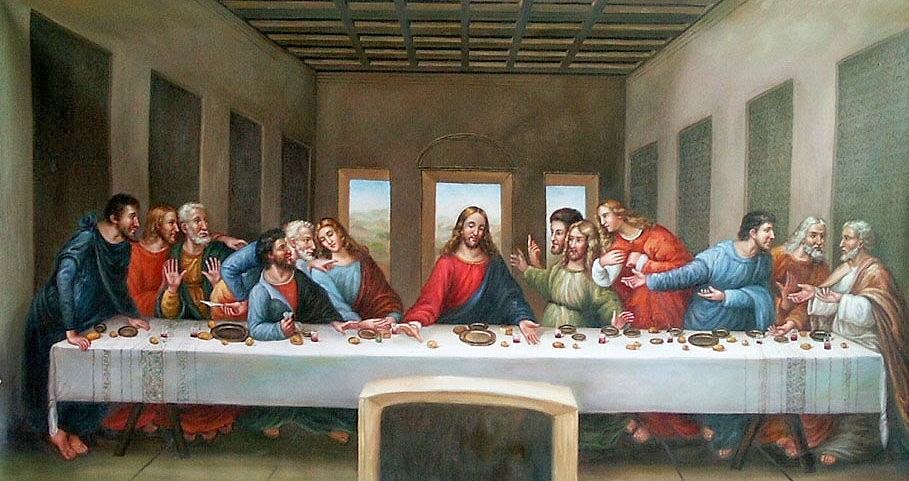
Ultimately, these six masterpieces span several art styles and periods. They are visually magnificent and symbolically rich. Van Gogh’s “The Memory” reflects stormy emotions. Each piece offers an exceptional look into the artist’s psyche. They also reveal the cultural setting of their creation. Munch represents existential sorrow. Picasso takes an anti-war stance. Botticelli celebrates beauty and love. Da Vinci portrays treason and divine interaction. These works reflect varied yet universally compelling themes. They show art’s potential to communicate challenging ideas and emotions. Art transcends time and cultural borders. It speaks to the human experience.

